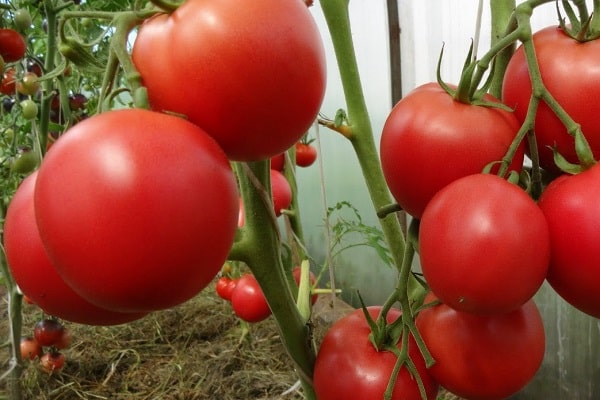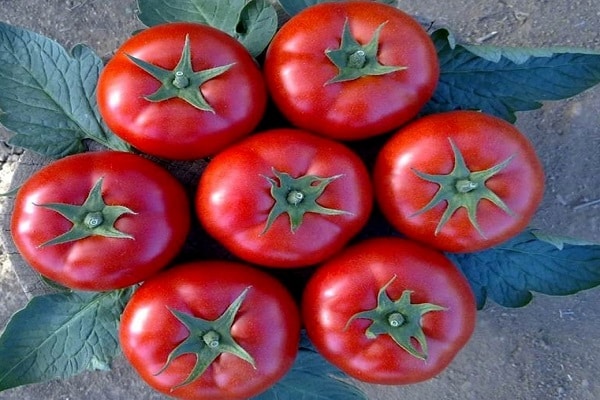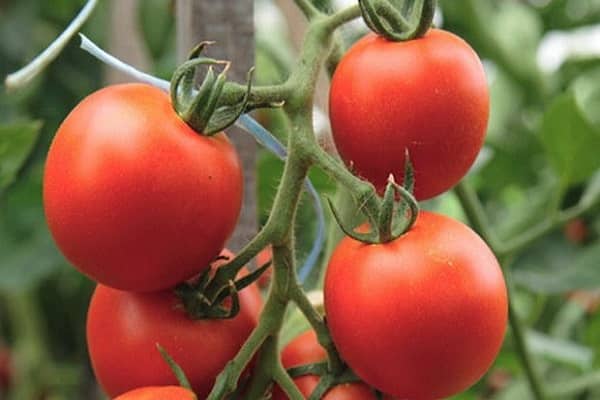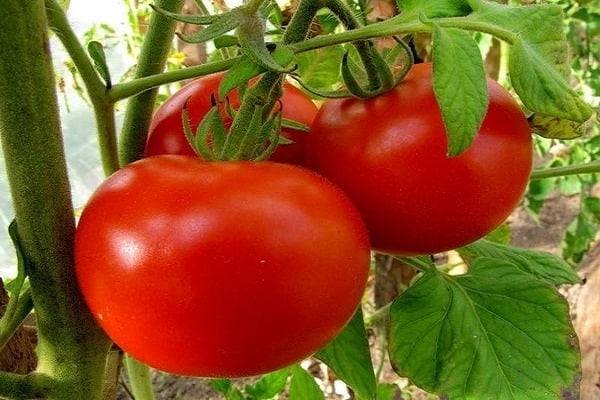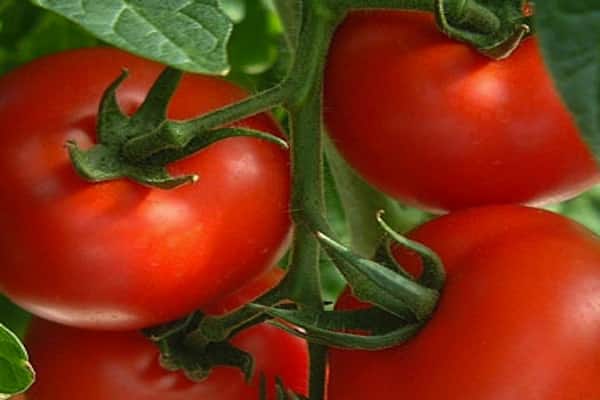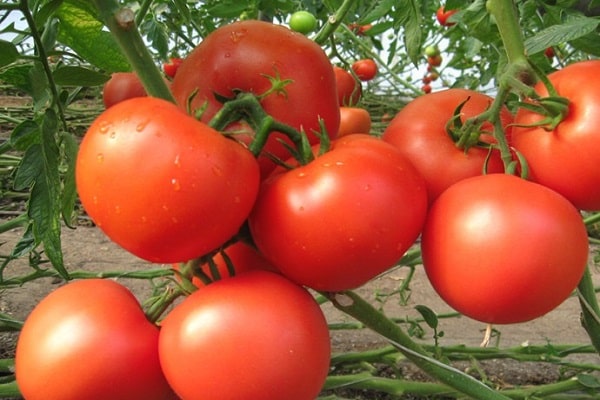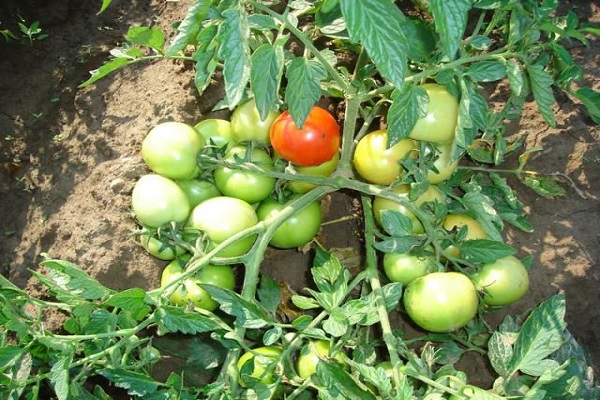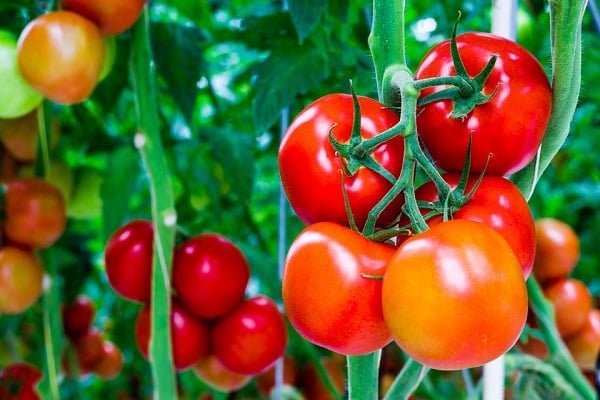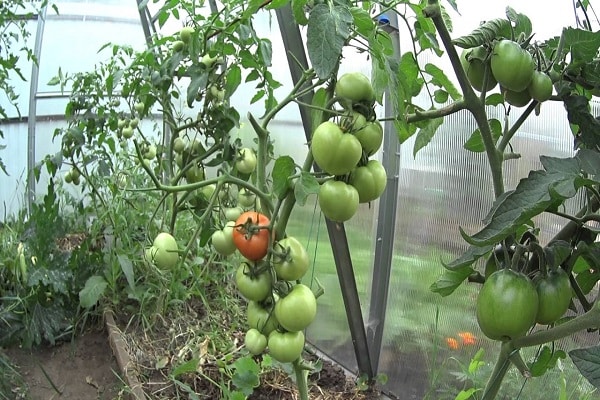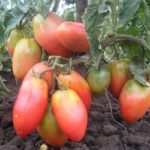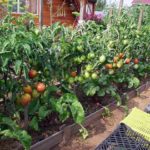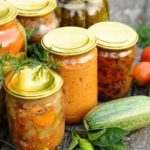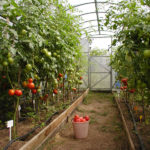The hybrid tomato Marquis, bred by breeders, passed state inspection. Therefore, it was included in the State Register of vegetable varieties grown in the spring-summer season in 1999.
Like all hybrids, the vegetable has a number of advantages compared to varietal types of garden plants.
Description of tomato
The Marquise tomato has an average height of one and a half meters. In a greenhouse, the bush grows twenty centimeters higher. On weakly growing stems there are medium-sized, light green leaves. The formation of inflorescences begins from the ninth leaf, then every two leaves.
After 90–100 days the plant bears fruit:
- slightly ribbed;
- with 3–4 nests of seeds;
- weighing 90–120 grams;
- round shape;
- with dense pulp;
- sweet and sour taste;
- unripe ones are green, ripe ones are bright red;
- with a dark spot in the area of the stalk.
Collect up to 10–12 kilograms of dense tomatoes from one square meter. Tomatoes are used for winter preparations. They are good when marinated or salted. A dried product is also prepared from the fruits.
Benefits of growing a hybrid
The Marquis F1 tomato is chosen for growing due to its:
- early maturation;
- friendly return of fruits;
- good tomato set;
- resistance to tobacco mosaic virus, fusarium, cladosporiosis;
- tolerance to extreme weather conditions.
Tomatoes collected in July-August are used in salads and sliced vegetables. The fruits do not crack or burst in brine and marinade.
Determinant planting rules
The F1 hybrid is grown in seedlings. Before planting, seeds are disinfected in a solution of potassium permanganate and hardened by placing them in the refrigerator.
The soil is prepared nutritious and loose, it is sterilized with hot water or by calcination in the oven.
The seeds are buried in the ground and the containers are placed in a warm and sunny place. Seedlings require regular watering. Seedlings dive after the appearance of the second true leaf.
A week before planting, the tomatoes are taken out into the open air for hardening.
Planting begins in open ground or a greenhouse in early May-June. The seedlings are placed in holes at a distance of sixty centimeters from each other. Before planting, a handful of humus and fifty grams of wood ash are placed in each hole.
Two weeks later, the Marquise hybrid bushes are sprayed with a solution of Bordeaux mixture.
Vegetable care
The rules for caring for tomatoes include the organization of fertilizing. The first time they are fed with mullein prepared in a ratio of 1:5 or bird droppings - 1:15. The second feeding will be organized after two weeks. Ten liters are diluted with 60 grams of superphosphate, 20 grams of ammonium nitrate, 15 grams of potassium salt.
Water the vegetable crop regularly, two to three times a week.
Marquis tomato bushes are formed into one or two stems, breaking off unnecessary stepsons. The stems of the plant are tied to pegs so that they do not break off under the weight of the fruit.
Caring for a hybrid is simple and does not require special knowledge.
Vegetable growers' opinions on tomatoes
Reviews from gardeners about the tomato variety Marquis F1 are positive. The vegetable is valued for producing a healthy harvest. Already in July you can prepare delicious salads from tomatoes. And for preparations, this is one of the best varieties of nightshade plants. Pickled and salted foods become a decoration for the winter table.
The advantages of the hybrid also include the plant’s resistance to nightshade diseases. Growing vegetables is easy and does not require unnecessary expenditure of time and effort.

